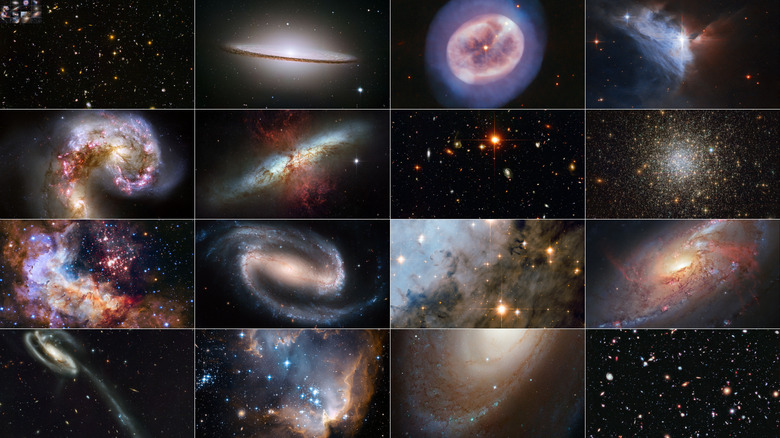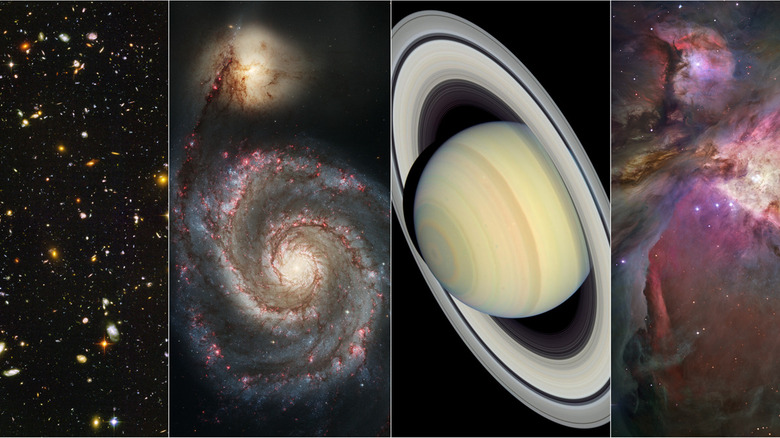Hubble Space Telescope's Workhorse Camera Turns 20 - Here Are Some Of Its Best Photos
The Hubble Space Telescope is marking a special occasion today, March 7, 2022, with the 20th anniversary of the installation of one of its most important instruments, the Advanced Camera for Surveys (ACS). In the more than 30 years since its launch, Hubble's instruments have been upgraded to keep the telescope up to date with developments in technology, and the ACS has become an essential part of providing the world with beautiful images of space.
ACS was installed in a mission called Hubble Servicing Mission 3B or STS-109, which took place on March 7, 2002. One of the astronauts who worked on the spacewalk to install ACS, Mike Massimino, shared his memories of the mission on NASA's Hubblesite: "We knew ACS would add so much discovery potential to the telescope, but I don't think anybody really understood everything it could do. It was going to unlock the secrets of the universe."
Since its installation, ACS has become Hubble's most frequently used instrument, and it has snapped images of everything from nebulae to galaxies to wide images of space, and even planets within our own solar system. And it has been an invaluable tool for scientists, as well, helping to peel back layers of mysteries like how dark matter is distributed or how clusters of galaxies evolved. The ACS has a very wide field of view, meaning it can see a large portion of the sky, as well as having high sensitivity and image quality which allow it to capture sharp images.
A new tool for astronomers
With the ACS, it became possible to study new subjects from space, such as by capturing "deep field" images that show light from distant stars and galaxies. These allowed researchers to look back at some of the most distant and youngest galaxies to learn about the evolution of the universe.
ACS also snapped early images of distant massive exoplanets, when research into planets beyond our solar system was still a rarity. And it took striking images of Pluto and Saturn, allowing both scientists and the public to get close-up views of these solar system bodies.
There were problems for ACS along the way. In January 2007, two of the channels on ACS became unusable due to an electronics failure. Hardware failure in a space telescope is a big problem because it is so difficult to fix issues in a telescope that is in orbit. A spacewalking team was sent to repair the ACS in 2008, and although one of the channels was not able to be repaired, the team did manage to fix the most often-used Wide Field Channel and return it to scientific use, according to the ESA.
Since its installation, ACS has taken more than 125,000 pictures and it continues to be a source of stunning images of the cosmos, for both the betterment of scientific research and the viewing pleasure of the public.
"The Advanced Camera for Surveys has opened our eyes to a deep and active universe for two decades," said NASA's Hubble Senior Project scientist Jennifer Wiseman. "We are anticipating still more discoveries with this camera, in conjunction with Hubble's other science instruments, for many years to come."

